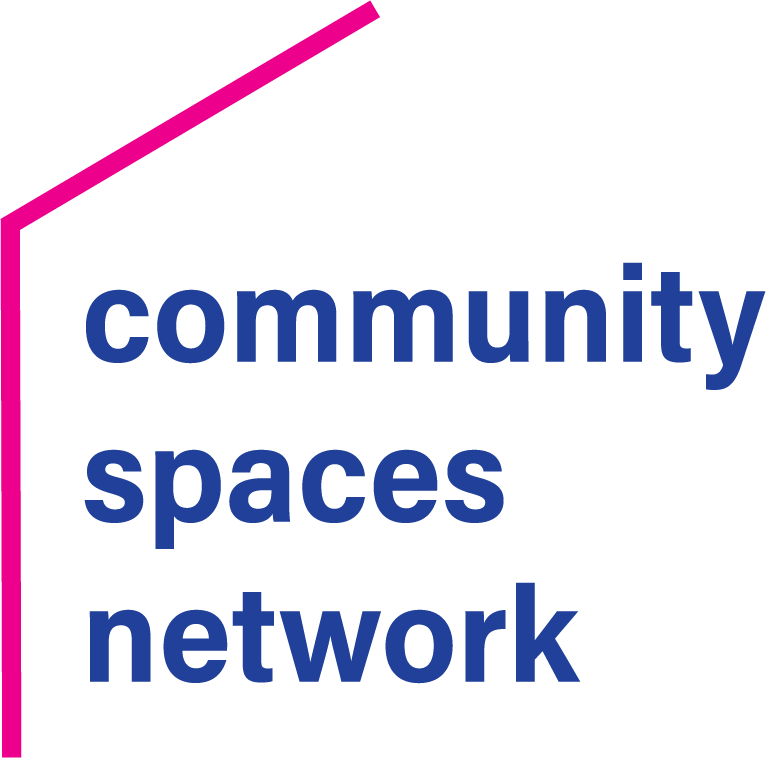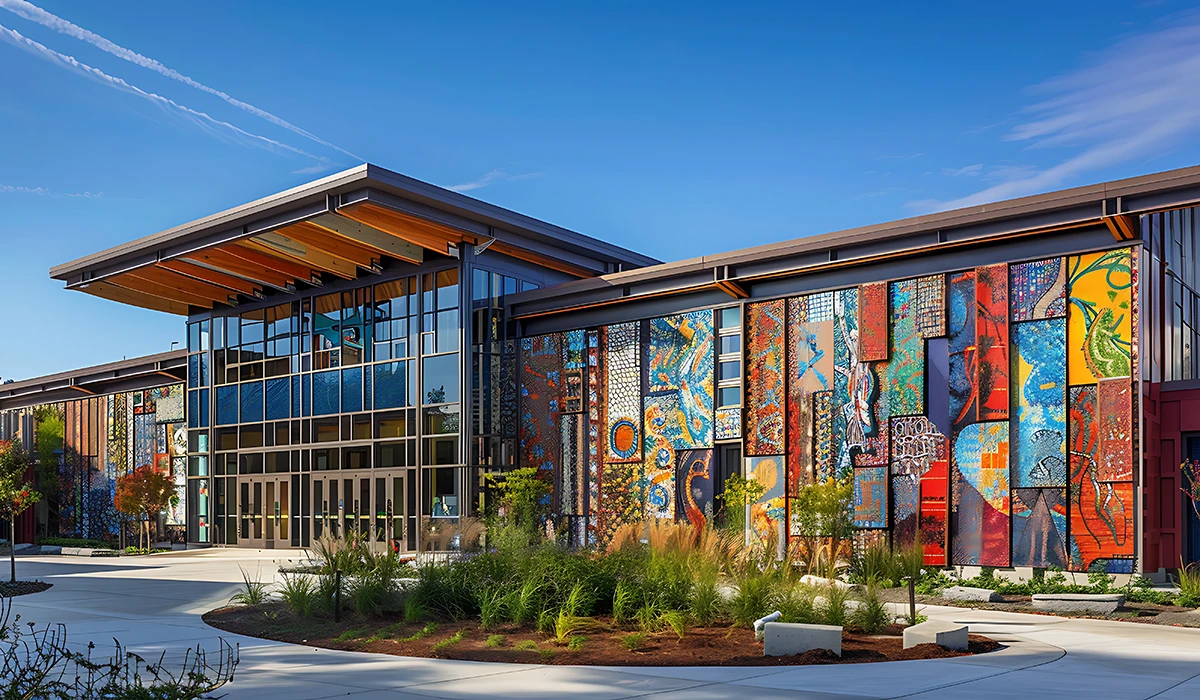Since its inception, Community Spaces Network has been focused on spaces that are intentionally shared by multiple nonprofits serving their communities. Lately though we’ve been considering how we can support other forms of social purpose real estate (SPRE) as effective tools for promoting community health and vibrancy.
Such spaces can encourage social interaction, cultural expression, collective engagement and economic mobility. SPRE examples, such as museums, community centers, arts and cultural hubs, childcare and early education centers and workforce development facilities are designed to meet the needs of diverse populations, promoting inclusivity and reducing social isolation. By providing opportunities for individuals to come together, SPRE strengthens community bonds and creates a sense of belonging. This vibrant environment is essential for overall community health, as people who feel connected and supported are more likely to engage in healthy behaviors, access necessary services, and invest in their well-being.
One of the key ways SPRE contributes to community health is by addressing social determinants of health—the conditions in which people are born, grow, live, work, and age. These determinants, such as access to stable housing, quality education, and economic opportunities, have a profound impact on individual and community health outcomes. By prioritizing affordable housing, education spaces, and job opportunities in real estate projects, SPRE directly tackles these inequalities. This holistic approach helps to reduce health disparities, particularly in underserved areas where access to these resources is often limited.

